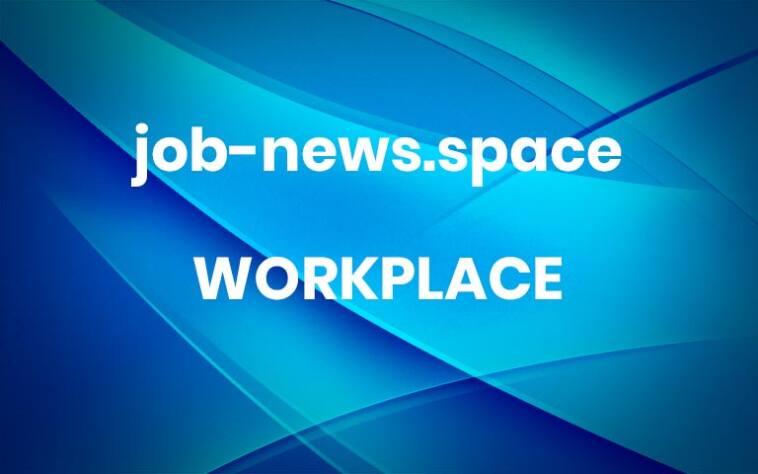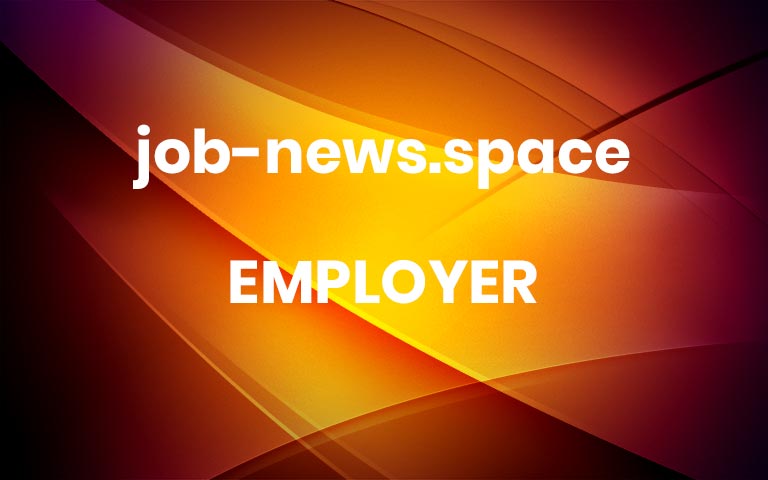Phone interviews are the first step to getting hired – and it’s a daunting first step for even the most seasoned jobseekers. These calls are typically with a recruiter and aim to determine whether a candidate meets the minimum qualifications of the role. Here’s our checklist of 19 game-changing phone interview tips for before, after, and during your phone interview.
Before the phone interview
1. Practice your elevator pitch
You can (and will) always go into more detail about your work experience in follow-up questions from the interviewer. But you should first and foremost prepare an elevator pitch for your career. Once you’ve written out a compelling (and brief) professional narrative, test it on friends to make sure it’s as clear and captivating as possible.
Related: Why Your Career Narrative Is Just as Important as Your Work History
Tailor the pitch to the job description and be sure to give examples of alignment. For example, if you have experience in the role’s industry, highlight that. If you know a specific product type or technical skill, share that.
Related:
2. Prepare projects or examples of your work to share
Another way to up your game is to have examples or projects specific to the company or job.Example phone interview questions:
Describe a project or position you held where you used Python
Describe a project where you collaborated with other people/teams. What was your biggest hurdle?
We recommend preparing the answers as stories following the STAR or SAIL frameworks. Choose these stories based on what’s most relevant to the job description. Don’t try to pick too many. Instead, focus on the most impactful ones.
3. Draft answers to common behavioral questions
You’ll also want to prepare what you’ll say to questions that touch on soft skills. Also known as behavioral questions, they help interviewers get to know you better and whether you’re a good fit (or add!) to team dynamics.
Example questions include:
“Describe a time you faced a challenge.”
“What do you consider your biggest weakness?”
Related: 30 Behavioral Interview Questions You Should Be Ready to Answer
4. Make a brag list
In addition to rounding up examples of your work, make a list of all of the results and projects where you drove the most impact – especially as it relates to this new role. You might be really proud of a project with no relevance to the job you’re applying for. We wouldn’t recommend bringing it up in the interview in that case.
Talking about how and why you are good at what you do can feel awkward and overzealous. This will help remind you to highlight your successes and also, by documenting your wins, keep them top of mind. Bonus points if you have metrics, such as “My suggestion shaved 22% off our timeline, which helped us hit our goals 10 days early.”
5. Take Hired Assessments
Speaking of bragging, if you’re a jobseeker on the Hired platform, Hired Assessments are a great way to show off skills. In fact, high-intent candidates who earn technical assessment badges are 3X as likely to get hired!
6. Research the company and the person interviewing you
Before the interview, research the company’s mission statement, recent news (type the company name into Google News), product/service offerings, and funding history (on Crunchbase).
You should also take time to research the person interviewing you. Look up their LinkedIn profile and find their posts, blog or other published writing. Take note of the words they use to talk about what they do. How can you mirror their language to describe what you do in a way that connects with them?
7. Always have questions prepared to ask the interviewer
Having trouble thinking of questions to ask or did your interviewer answer all of your questions by the end? Make sure you do not say “No, I don’t have any questions.” This might signal to your interviewer a lack of interest in or curiosity about the role. In this situation, you can always ask the person interviewing you “Why do you like working at XYZ Company?”
Questions also offer you a chance to demonstrate your competency in a particular role or domain. If you can use your past experience to ask more probing questions, you’re demonstrating another way to show off your qualifications for the role. These questions will heavily depend on the role but here are a few examples:
“In my past role, we ran into XYZ challenge. Is this something this team is facing? How are you handling it?”
“How is this team evaluating XYZ new technology?”
For these types of questions, keep in mind that if the call is with a recruiter, they will likely be unable to answer so many in-depth questions about the specific team or work.
Lastly, at the end of the interview, consider asking: “Is there anything else I can clarify for you?” or “Are there any concerns about my background thus far?” These closing questions show engagement and the ability to self-reflect, helping you end the interview on a good note.
8. Ask what you need to bring/prepare
You should also ask the interviewer or recruiter what to expect or prepare for before the call. Ask your contact what you should expect generally during the call and if you’ll need to have any materials handy. This is a good time to figure out if you’ll be asked any technical questions or need to address specific technical topics.
9. Double-check contact information
Make sure the company has your correct contact info. The contact info on your resume, in your signature/emails, and on your application should all match. Verify the company is initiating the call and how they are doing so (phone, Zoom, etc).
During the phone interview
10. Find a quiet place with few distractions to take the call
If your phone interview is during the workday, plan to work from home and take the call from there. If you have to be in the office that day, find a quiet place nearby (outside of the office) to do the interview. Friends who work nearby might be able to lend you a conference room. Or look to a rentable workspace like Deskpass or WeWork for privacy. Sometimes libraries have conference rooms to reserve.
Reliable phone reception and/or internet is super important – perhaps most important. You don’t want to have your call drop or struggle to make out what your interviewer is saying. Do some due diligence and make sure you have good service in the location you plan to take the call.
Keep in mind that the phone screen might actually be a video call. This is all the more reason to find a quiet and private area to do the interview. Be mindful of what’s in the background or if you’re using a Zoom background, it’s appropriate.
Related: Video Interviews 101: How To Impress In The Digital Age
11. Get an energy boost
Make sure you have an upbeat tone to your voice, which can be accomplished by simply smiling through the phone during the conversation. Because the interviewer can’t see your facial expressions or body language over the phone, your voice is your only way to emote.
Practice with a friend to figure out how to most effectively sound cheerful – without sounding maniacal. To help build that energy you can also try getting (physically) big before a call: Move around and stand or sit up straight.
12. Keep materials to reference on hand
Have your resume and the job description in front of you during the call. Other helpful information you might want close by: the company’s about page, the interviewer’s LinkedIn profile, and the company’s Crunchbase or Glassdoor profile. Maybe even make a cheat sheet with this important info as part of your preparation process. That way you don’t have 10+ tabs open during the call!
13. Take notes
These will help you retain the information and ideas discussed. They will likely come in handy when you’re writing your follow-up thank you notes too. If you’re pausing while writing or typing, simply say, “I’m making a note of that,” or “Let me jot that down.” This is especially helpful on a phone or video interview, when you may seem or look distracted otherwise.
14. Try not to interrupt
Wait for the interviewer to finish speaking before you speak. Practice active listening. This is common sense but worth keeping top of mind. It’s easy to get excited during the conversation and want to interject with brilliant insights or ideas. Remember your mantra: cool, calm, collected (at least on the outside).
15. Avoid negativity
It’s important to put a positive twist on all of your responses. Even if you harbor hard feelings or had a bad experience it’s important to provide a tactful answer. Avoid speaking negatively about your previous employer or coworkers – keep those thoughts to yourself.
Related: How to Handle an Employment Gap on Your Resume (Flip the Script!)
For example, the interviewer asks, “Why did you leave your last job?” (This could also be phrased as “Why are you looking to leave your current job?”)
Positive answer: “The position did not offer the growth opportunities that I am looking for and I want to be in a more positive and collaborative environment.”
Negative answer: “My last company didn’t appreciate me and everyone was very standoffish. I also want to make more money.”
16. Stay focused and on topic.
Pro tip: Write “talk slowly” on a Post-It and keep it in front of you as a reminder. Here’s an example of an answer that keeps it short, but tells a powerful story:
Q: “What would you say are your strengths & weaknesses?”
A: “My strengths are that I’ve worked as a frontend and backend engineer making me a valuable teammate and effective collaborator. My weakness is that I can get very focused on projects and procrastinate on smaller tasks, but I am quick to remedy any oversight so that I do not miss deadlines.”
You should also include examples of this in action to paint a clearer picture of how this is true. It’s also nice to describe actions taken to remedy “weaknesses.”
After the phone interview
17. Send a ‘thank you’ email
Include the person and/or people who interviewed you right after the interview or before the end of that working day. Thank them for their time and reiterate why you’re excited about the position (bonus points for referencing something that came up during the conversation!). This is also an opportunity to “correct” or clarify an answer from the interview if you don’t think it went too well, or if you have an additional thought you didn’t get to share.
18. Do a post-mortem
Basic project management, right? This is also a valuable time to reflect on what you think went well or didn’t go so well in your interview. Interviewing is a great way to get better at interviewing, of course. But it can also help you learn more about what you want and don’t want out of your next job.
Write down as many interview questions you can remember and your responses. Make note of what you think went well or areas you might change or improve next time.
19. Be patient
It’s tough to be patient after an interview while you wait for the company’s feedback. Make sure to give the interviewer three to five business days after your interview to get back to you.
At that point, if you haven’t heard back, it is acceptable to write them a quick note. You can let them know you’re still interested in the position and look forward to hearing back from them soon. On Hired, we encourage companies to respond within two to three days.
Originally written in November 2019. Updated by the Hired Content Team in November 2023. More




